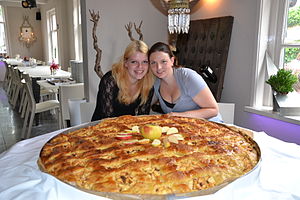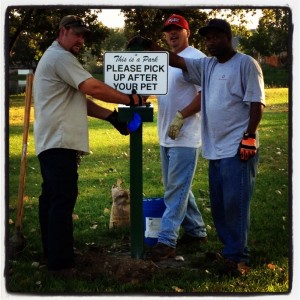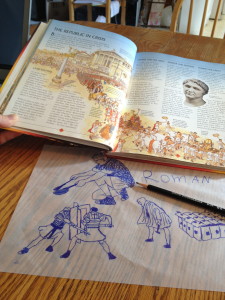Imagine you are a river guide on the California Sacramento River. You are considering choosing between one of two teenagers, George and Nathan, to come along as paid part-time help in exchange for being able to study the river up-close.
Who of the two would you choose?
You don’t owe any favors to their parents, so to make up your mind, you take a quick look at their blog using your Smart Phone. So far, so good. They are both building their portfolio online via a blog so that others like you can get a much better feel for their true accomplishments and their drive to succeed. That’s when you notice that each has a VERY different style of writing about their interest.
One has obviously read up on the river and reported back the many scientific facts as discovered by experts. The other instead writes about specific interactions he has had on the river and what he is doing.
You browse their blogs and find the following two sample posts:
George writes: I read up on river on Wikipedia and here is what I found in my research: “The Sacramento River is an important river of Northern and Central California in the United States. The state’s largest river by discharge, it rises in the Klamath Mountains and flows south for over 400 miles (640 km) before reaching Suisun Bay, an arm of San Francisco Bay, and thence thePacific Ocean. The Sacramento drains an area of about 27,500 square miles (71,000 km2) in the northern half of the state, mostly within a region bounded by the Coast Ranges and Sierra Nevada known as the Sacramento Valley. Its extensive watershed also reaches to the volcanic plateaus of Northeastern California. Historically, its watershed has reached farther, as far north as south-central Oregon where the now, primarily, endorheic(closed) Goose Lake rarely experiences southerly outflow into the Pit River, the most northerly tributary of the Sacramento.”
Nathan writes: This is the third morning I went down to the landing at 4AM to watch the river guides take off for the day and to help a few of them load up. I asked permission to take pictures and put them on my public Flickr account. I got the email address of one of the river guides and will email him my best picture because he would like to put it on his business website. I was surprised at how early the guides have to get going in the morning and they told me it’s because they have to get to the best fishing holes before the sun gets up too high and the fish at this time of the year are much further upstream. I took some temperature readings of the river and logged it in my field journal and took a sample of the water so I can study the microbes on the microscope at home. I have a picnic cooler to carry it back home so that the microbes don’t die before I can match them up with this special study guide my dad bought for me on the Internet. I have been able to identify about 10 bugs so far and will post my sketches up with their scientific names.
Which one are you likely to want with you and the customers? Which one do you think is the most interesting boy to have along?
Clearly you want your own child blogging from a first-person point of view like Nathan. And at all costs, you want to avoid him sounding like George, who is stating true expert facts, but revealing nothing of his personal engagement with the river.


















